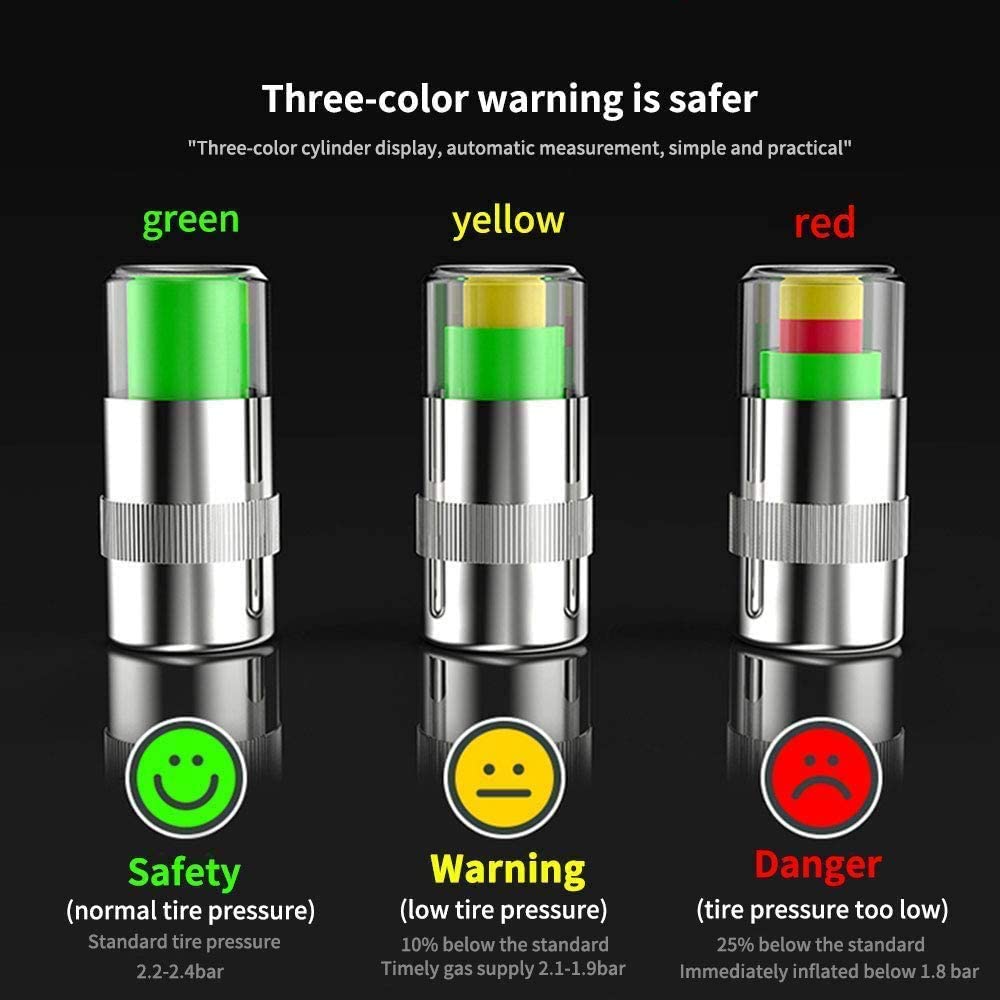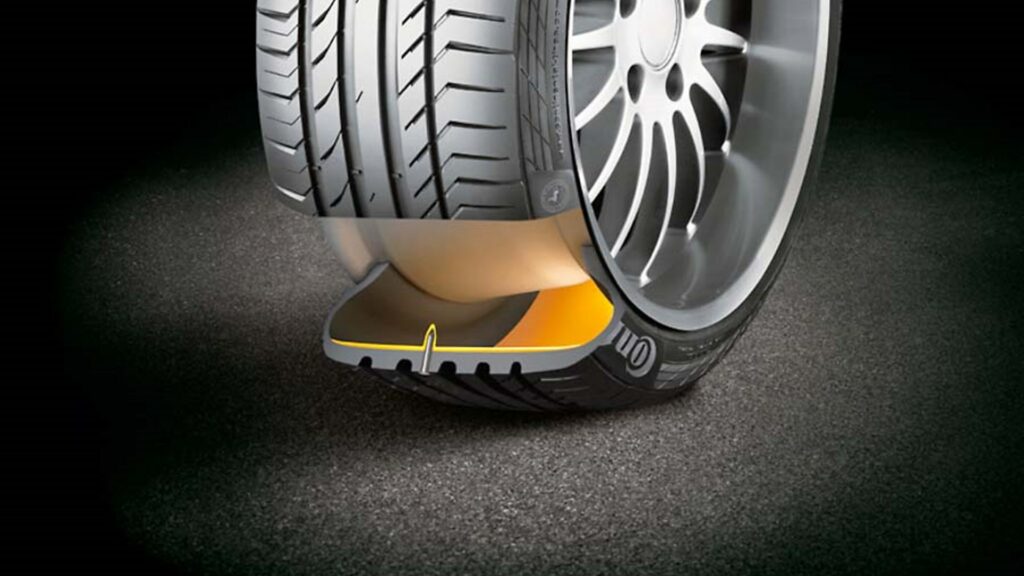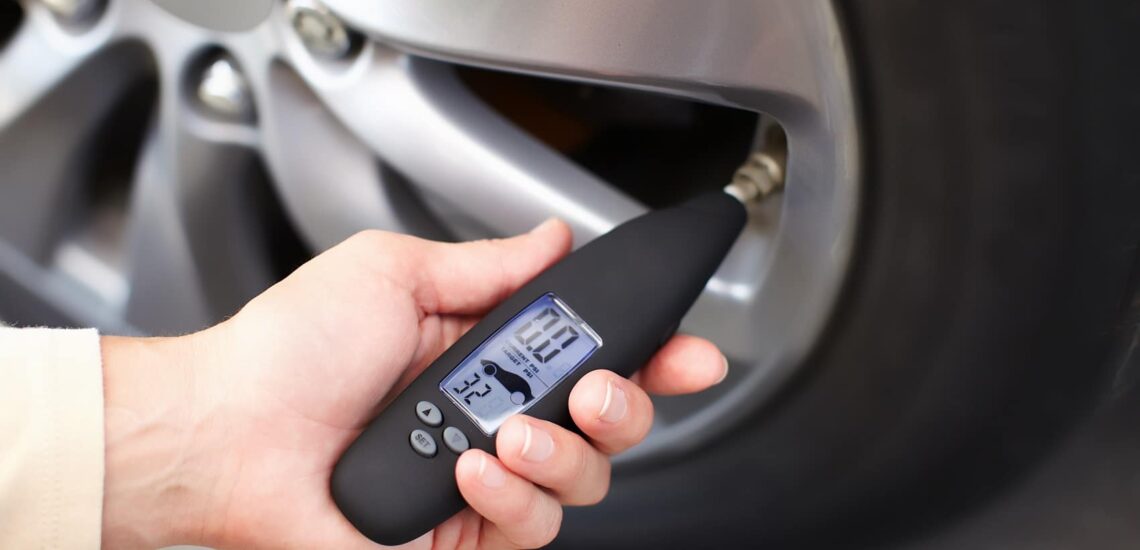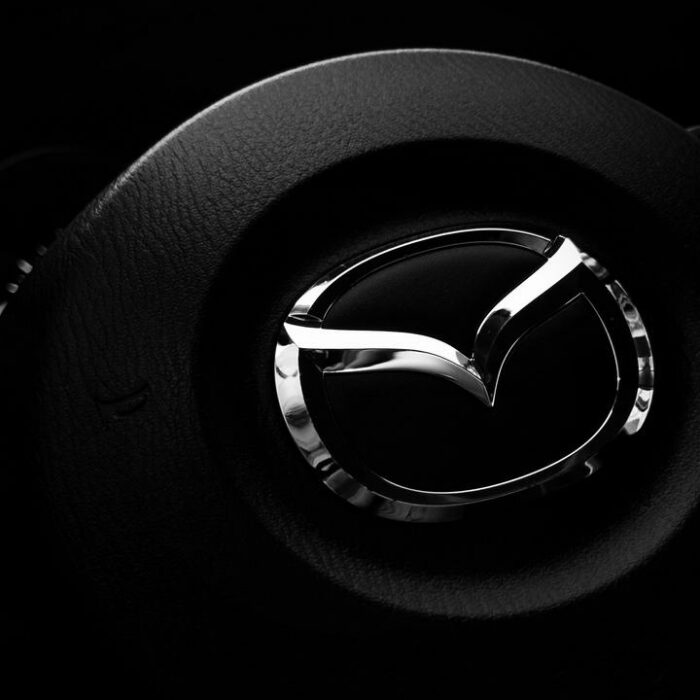Tire pressure sensors: how do they work, what are the pros and cons?
The first patent for a tire was obtained in 1846, and since then wheels have been constantly punctured. It’s clear to everyone that a flat tire doesn’t bode well. And loss of pressure can be very dangerous: it’s not for nothing that the paragraph “Tire pressure check” is one of the first in the “Daily maintenance” section of the car’s operating instructions.
When the tire breathes its last, the rolling resistance increases significantly. What does this lead to? To increased fuel consumption, increased tire wear and, of course, to the side slip of the car. Moreover, a slight slip can be chalked up to the slant of a road or the wheel track. So the driver can continue driving for quite a long time by mistake or inexperience. And the most dangerous thing in this is that a flat tire can come off the disk or turn over in an emergency situation, for example, during extreme maneuver or braking. It’s a short road to the accident.
Therefore, it’s necessary to get rid of this mess in any way. And the sooner the driver notices the pressure loss, the better. Of course, the easiest way is to check the pressure before you go by alternately attaching a pump or pressure gage to each wheel. But we are lazy and forgetful people. And it’s not a great pleasure to poke around with some devices in the cold or rain. Moreover, there are already a whole maze of systems that can check this pressure.
The simplest of them are special caps with color indicators which are installed instead of the standard ones on the inflation valves. The pressure dropped below, say, two atmospheres – a warning yellow (orange, purple) line will appear under the transparent lid of such a miracle cap. Year, you see, there’s something wrong with the wheel, you need to check it. The pressure dropped even lower – the cap will turn into another, usually red, color, which will indicate the criticality of what is happening. The advantage of this approach is simplicity. The disadvantage is not quite good informativity. After all, the caps can only be seen during a stop. And still, it’s much easier to walk around the car before you go, looking at the colors of the caps, than to measure the pressure every time.

Another disadvantage is that the caps begin to inform about pressure changes only when it drops below certain values, which, by the way, may be quite normal for your car and your wheels. So, it is necessary to choose them exactly for your car.
And in order to notice something wrong while driving, it would be nice to have an electronic system on board that would automatically notify about dangerous pressure drops, and not just notify, but do it in time (so that you have time to get your bearings) and without false triggering.
In this case, the installed control system will warn the driver about the change in the corresponding parameter at the right moment and give him enough time to safely stop the car. It is clear that such systems won’t help in cases of a serious puncture or a tire explosion, since the driver will feel the car’s slip even without any sensors. But such electronics are simply irreplaceable with a “slow” puncture.
For example, there are systems that transmit tire pressure and temperature data to the central unit via radio communication. And there are also such systems that can transmit this data via Bluetooth communication to phones and communicators. And that’s very convenient.
But there are also more cunning systems that work not with “real” pressure sensors, but through ABS. They are installed in the serial configuration of cars. How do they work?
Electronics, with the help of sensors, measure the rotational speeds of wheels and their relative difference at any time. As you know, when the pressure drops, the height of the tire section becomes lower. Consequently, the rotation speed of the wheel with a “sick” tire increases, therefore, the difference in the rotation speeds of the wheels on one axis also increases. As a result, the system records these changes and gives an alarm signal.
What’s wrong with such an indirect way of measuring tire pressure? Such systems can be triggered, for example, on long corners, when the system records a large difference in the rotational speeds of the wheels of different sides (after all, the outer wheels spin at a higher speed that the inner ones) for a relatively long time. And that’s just the small stuff.
In some cases, such systems are useless at all. For example, when tires with Run-Flat technology are installed on a car. Let’s remind, the section height of tires with this technology, even with a complete loss of pressure, decreases slightly – by about 30-40%. There is no pressure in the tire, and the reinforced sidewalls continue to “hold”, and not just hold, but allow you to continue driving for a long enough time.

And yet this system can help a lot, especially on a long road, by timely warning that there are problems with the wheels. But you shouldn’t rely on “helpers” completely. Therefore, we will write only two, no, three words, instead of a conclusion. Watch the pressure, friends! At least once a week, and if you notice that the wheel is slightly flat, don’t be lazy, inflate it.
This is a translation. You can read the original here: https://www.drive.ru/technic/4efb330d00f11713001e35c3.html






